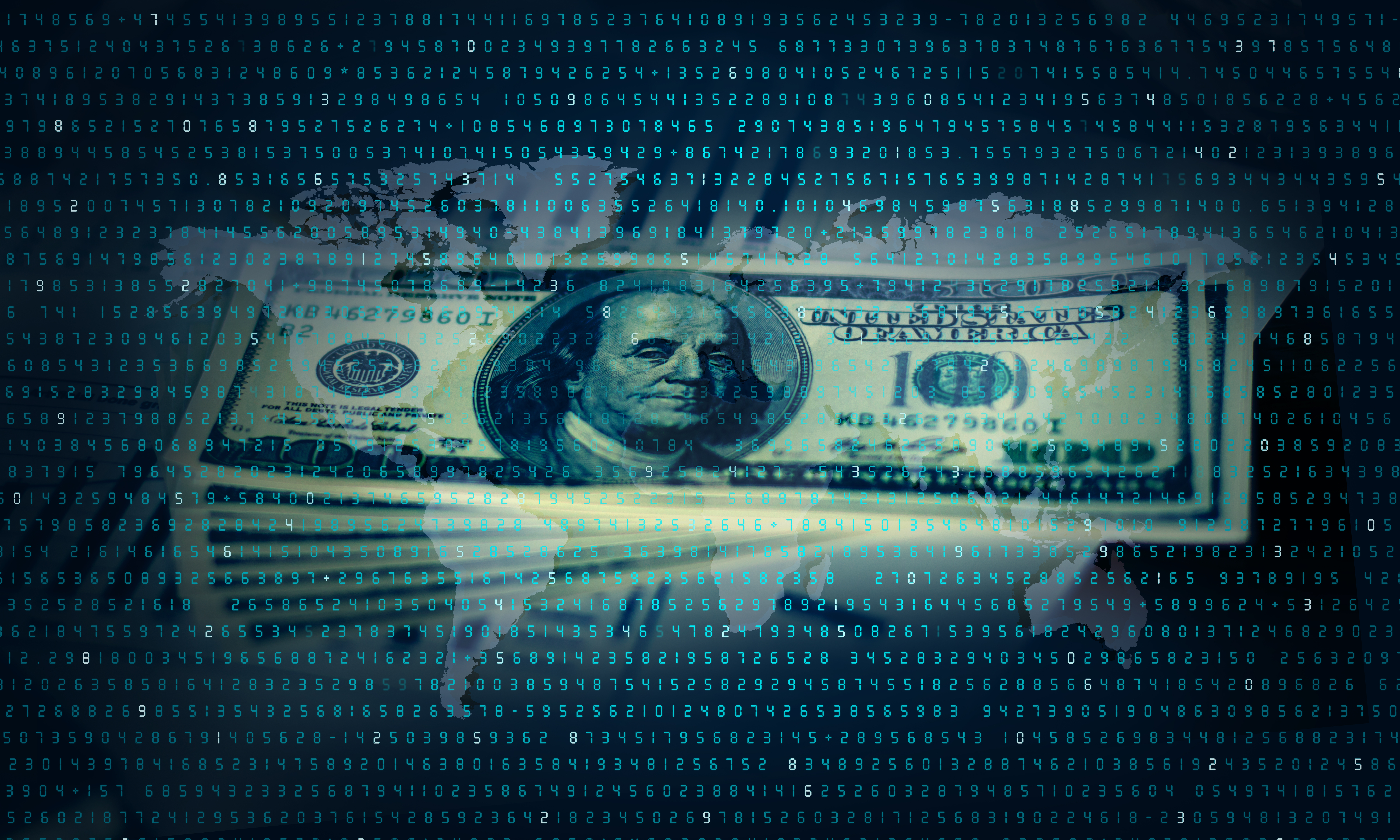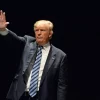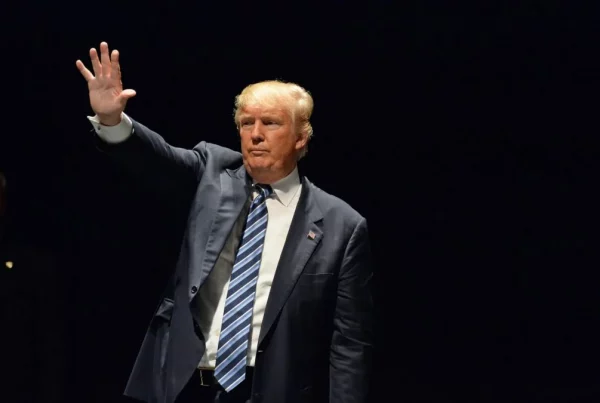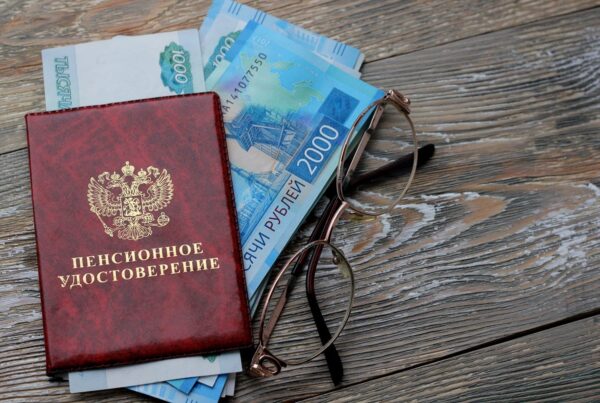The ties point to the rapid emergence of a revolving door between the crypto industry and the government.
The project could have profound implications for the future of money — and for Circle’s business model. A new form of electronic cash minted by the central bank could “directly and adversely impact the demand” for Circle’s own, privately issued version, the company said in a federal filing last year.
“These officials are not just trying to influence the process, they’re actually writing the foundational rules for an industry that many people don’t understand,” Tech Transparency Project director Katie Paul said of those who have left government for jobs in the crypto sector . “We’ve done work on the revolving door before, but the speed of what crypto is doing relative to other industries is like nothing we’ve ever seen.”
The industry employs scores of former officials just from federal regulatory agencies, according to the Tech Transparency Project report, which covers activity through 2021. The report found 31 former Treasury officials working in the sector, 28 from the Securities and Exchange Commission and 15 from the Commodity Futures Trading Commission. More have joined since. For example, the crypto trading exchange Coinbase, which spent more than $1.5 million lobbying last year, has added a pair of SEC alumni this year to its expanding Washington operation.
“You need to make sure there isn’t a conflict ongoing, meaning people’s loyalties have to be to their current employer,” said Timothy Massad, a former chairman of the Commodity Futures Trading Commission. “We’ve seen that the Fed does not have terrific standards on what sorts of investments are permissible by its governors and maybe its employees.”
There is no indication of such conflicts in the case of the former Circle employees, and the Boston Fed defended the hires.
“The Boston Fed continues to build a team with leading technology experts from multiple organizations, one of which is Boston-based Circle,” Boston Fed spokeswoman Treacy Reynolds said in an email. “All Boston Fed employees have a responsibility to the Reserve Bank and to the Federal Reserve to conduct their duties with integrity and impartiality.”
Circle issues a cryptocurrency called USD Coin that, like other stablecoins, maintains a more stable price than digital assets such as bitcoin by pegging itself to a national currency — in this case, the dollar. For now, stablecoins are used mostly by crypto investors to buy and sell other digital assets on trading exchanges, but Circle hopes its coin will gain wider adoption as a payment method in the real economy. There are now more than $50 billion worth of the coins in circulation globally, up from less than $7 billion a year ago, according to CoinMarketCap.
The Boston Fed, in a partnership with the Massachusetts Institute of Technology dubbed Project Hamilton, has been studying the technical aspects of designing and deploying a digital dollar. The joint team released the initial results of that work this month, reporting that the team built a system that can handle 1.7 million transactions per second. And in hopes of encouraging public input that improves the technology, the team released open-source code for the platform that would support the digital currency.
A fifth Circle alum, John DiThomas, who worked in compliance for the company, joined the Boston Fed in the spring of 2021, although it is not clear whether he is working on the digital dollar effort. All five Circle alumni either declined to comment or did not respond to requests for comment.
Kristin Smith, the executive director of the Blockchain Association — a crypto industry trade group that counts Circle as a member — said the group is “encouraged that many private sector crypto experts are deploying their skills and experience in collaboration with federal regulators.”
“Creating cutting edge crypto projects requires the commensurate experience and seasoned perspective of those that know this technology best,” Smith said in an emailed statement. “In general, these research and development projects bode well for the future of crypto in this country.”
The Federal Reserve has been rocked in recent months by revelations that some of its top officials engaged in stock trading during the pandemic, activity that raised both ethical and legal concerns. Three senior policymakers — Boston Fed President Eric Rosengren, Dallas Fed President Robert Kaplan, and Federal Reserve Vice Chair Richard Clarida — resigned early after revelations of their trading activity.
Existing Federal Reserve Board policy already prohibits officials working on setting crypto policy from owning the digital assets. However, neither that ban — which targets officials overseeing monetary policy — nor the new rules appear to apply to the former Circle employees now working on Project Hamilton.
For its part, Circle has sought to distinguish itself as a trustworthy player in the rapidly expanding market of stablecoins. “Not all of these payment instruments are created equal,” Circle chief executive Jeremy Allaire told the House Financial Services Committee in testimony in December.
The company’s leading competitor, Tether, the world’s largest stablecoin issuer, has faced mounting questions over the quality and composition of the reserves it maintains to back up its tokens. In October, it agreed to pay a $41 million penalty to the CFTC to settle charges it falsely claimed to hold a dollar for each of its stablecoins. As part of a separate settlement last year with New York Attorney General Letitia James over its reserves, Tether agreed to discontinue trading activities with New Yorkers.
Circle notes its reserves are composed entirely of dollars and short-term Treasuries, and it submits them to regular audits by the accounting firm Grant Thornton. It plans to apply for a national banking charter from the Office of the Comptroller of the Currency, a move that would align it with a push by federal regulators to require stablecoin issuers to operate under banking rules. And the company has voiced support for imposing tougher federal oversight on the sector.
Yet Circle also has drawn regulatory scrutiny. The SEC issued it an investigative subpoena last July, seeking documents and information on some of its “holdings, customer programs, and operations,” Circle revealed in a federal filing. It said it is fully cooperating with the probe.
The uncertainty over the stablecoin market and Circle’s place in it comes as the company seeks to go public. It has announced plans to list on the New York Stock Exchange through a merger with a special-purpose acquisition company, a deal valuing the company at $9 billion.
Potential investors will be tracking the Fed’s moves about whether and how to proceed with its own digital dollar, since its fate could determine the future of stablecoins. “One could imagine they could coexist; one could imagine a CBDC that supplants private stablecoins,” Treasury Undersecretary for Domestic Finance Nellie Liang told the House Financial Services Committee earlier this month.
And as the central bank mulls its options, the team in Boston mocking up a U.S. digital dollar is keeping a close eye on Circle and other private stablecoin operators. In a video chat recorded in September and featured on Circle’s website, Circle CEO Jeremy Allaire asked Robert Bench, the company’s former compliance officer now with the Boston Fed, and Neha Nerula, the director of MIT’s Digital Currency Initiative, how public and private stablecoins can coexist.
Bench, noting he was not speaking on behalf of the Fed, said his team needs to be looking under the hood of private stablecoins. “We know that the private sector, like Circle, like the Centre Consortium, for example, are building really interesting technologies that we need to understand deeply.”
CURATED FROM:
Newmyer, Tory. “As the Fed Considers Minting the First Digital Dollar, It Is Tapping Experts from a Crypto Company with a Stake in the Outcome.” The Washington Post, WP Company, 23 Feb. 2022, https://www.washingtonpost.com/business/2022/02/23/boston-fed-circle/.






